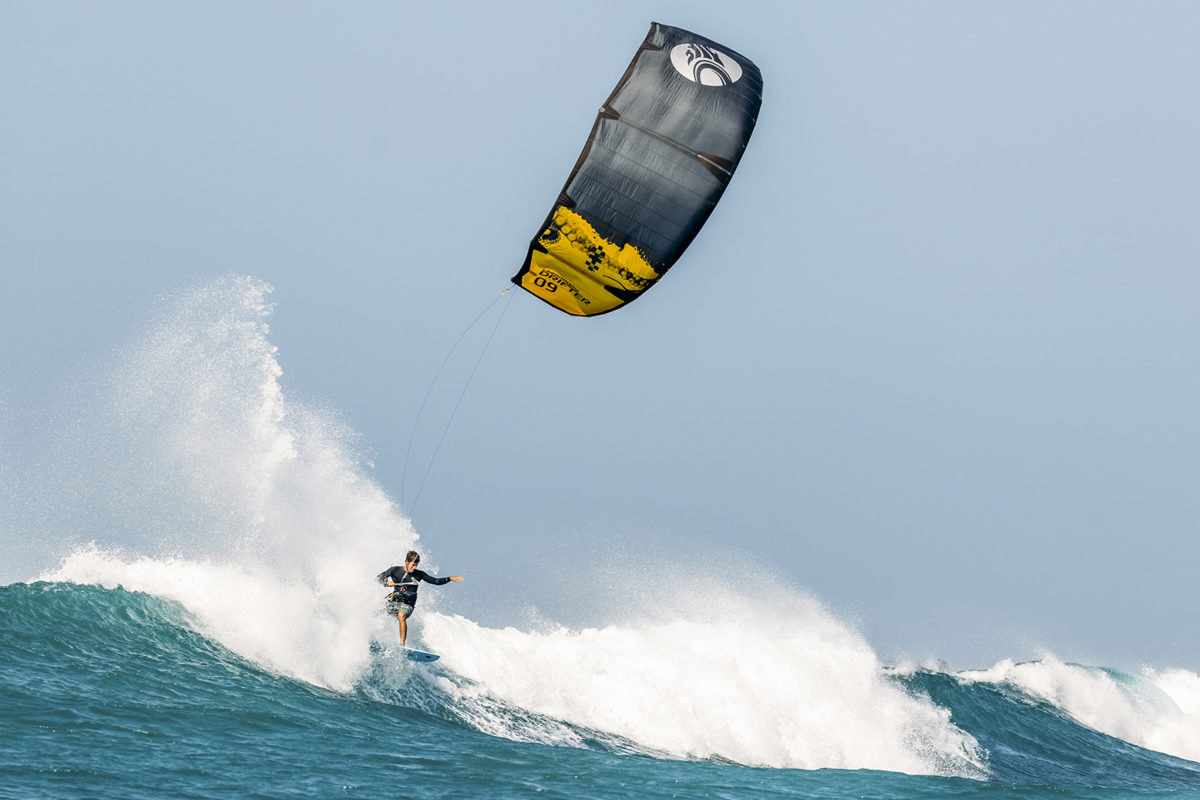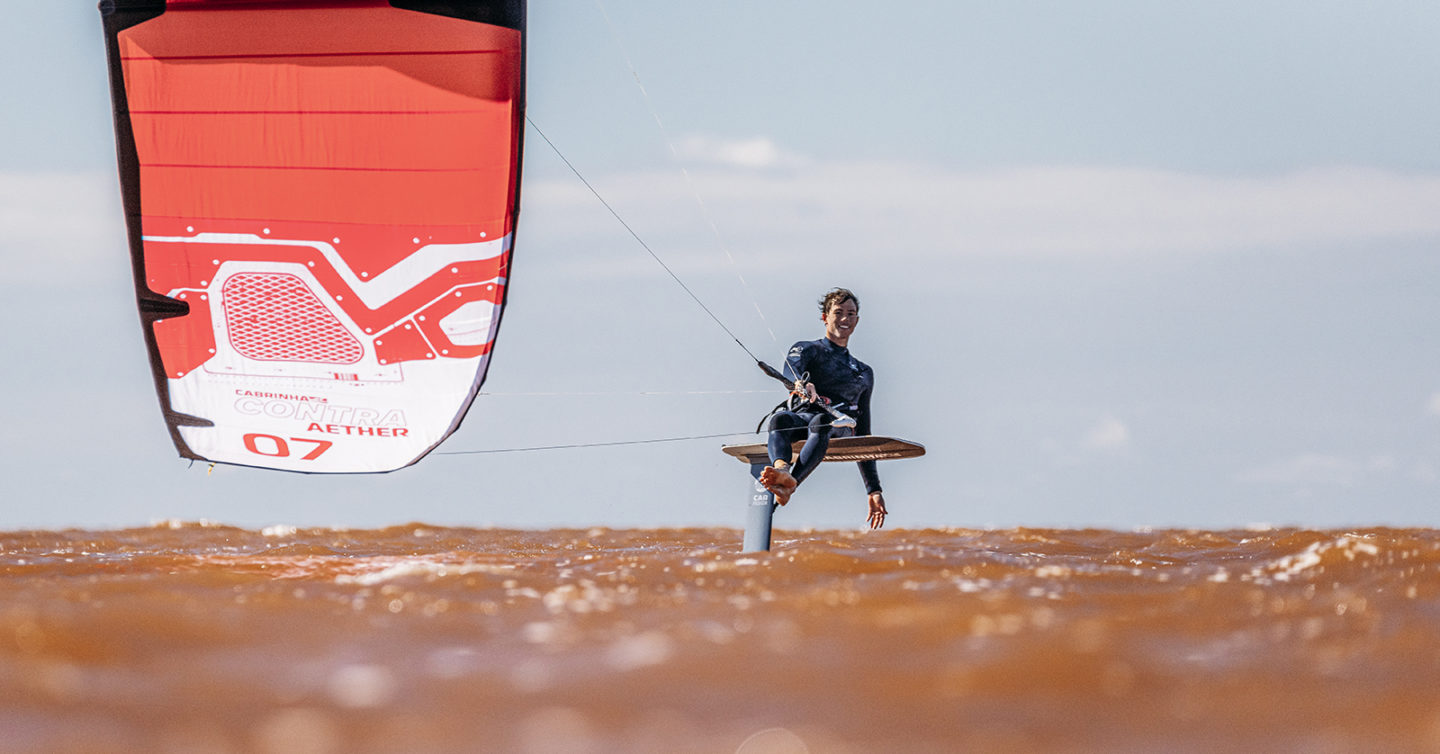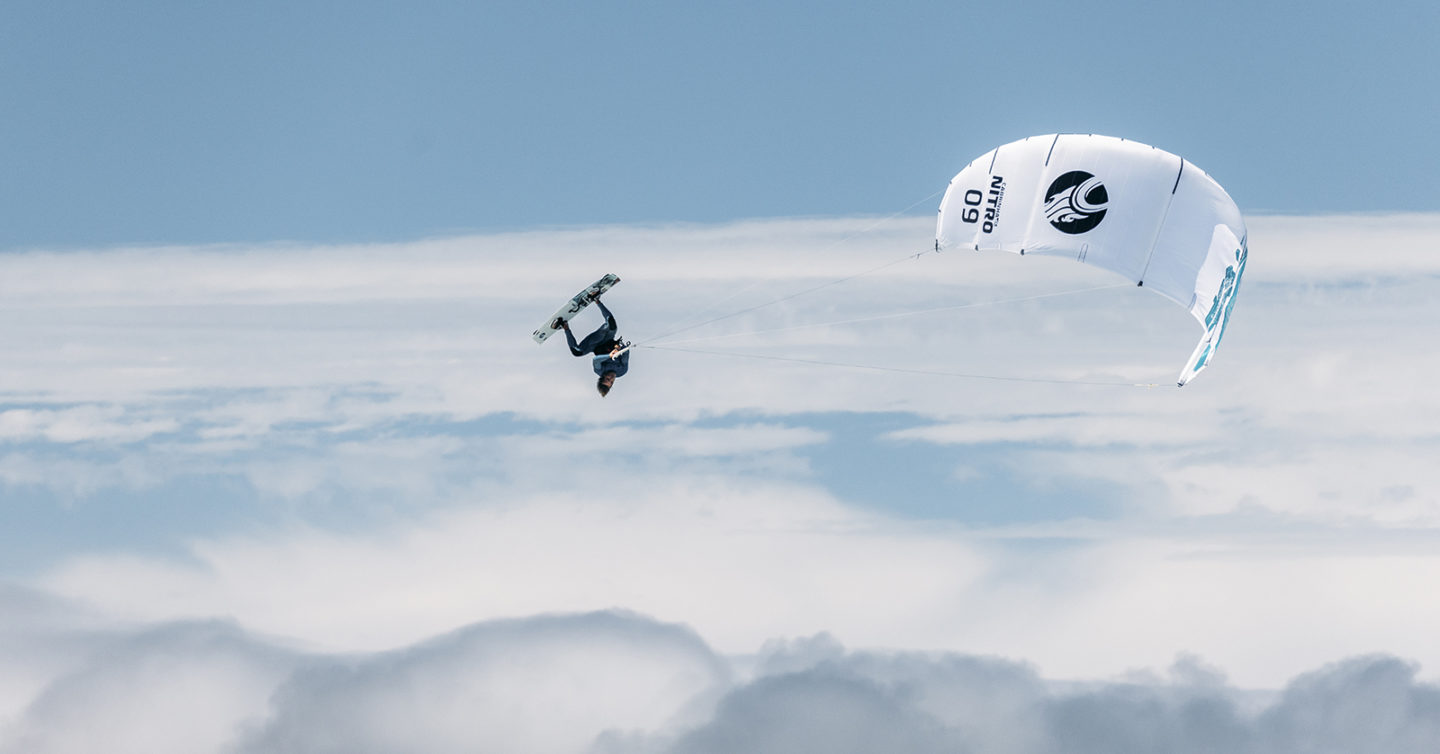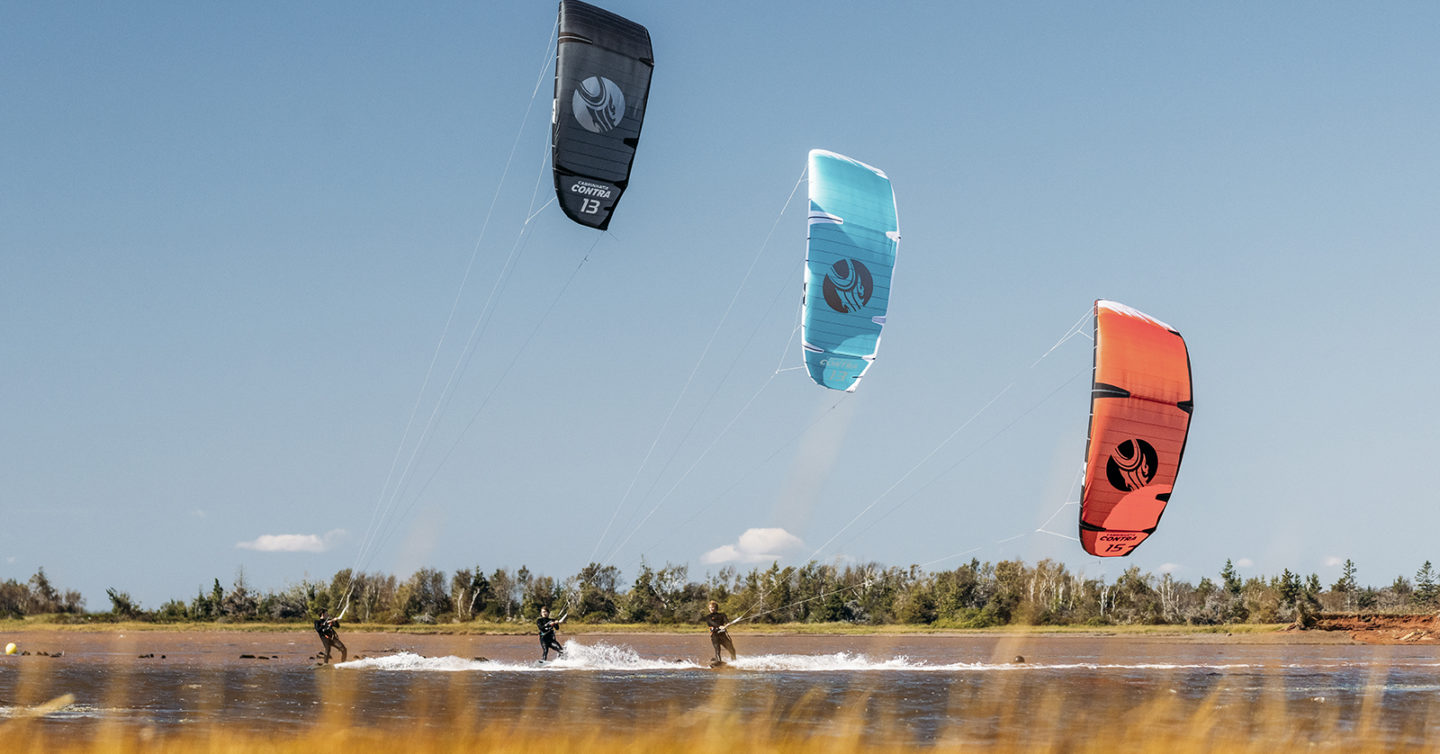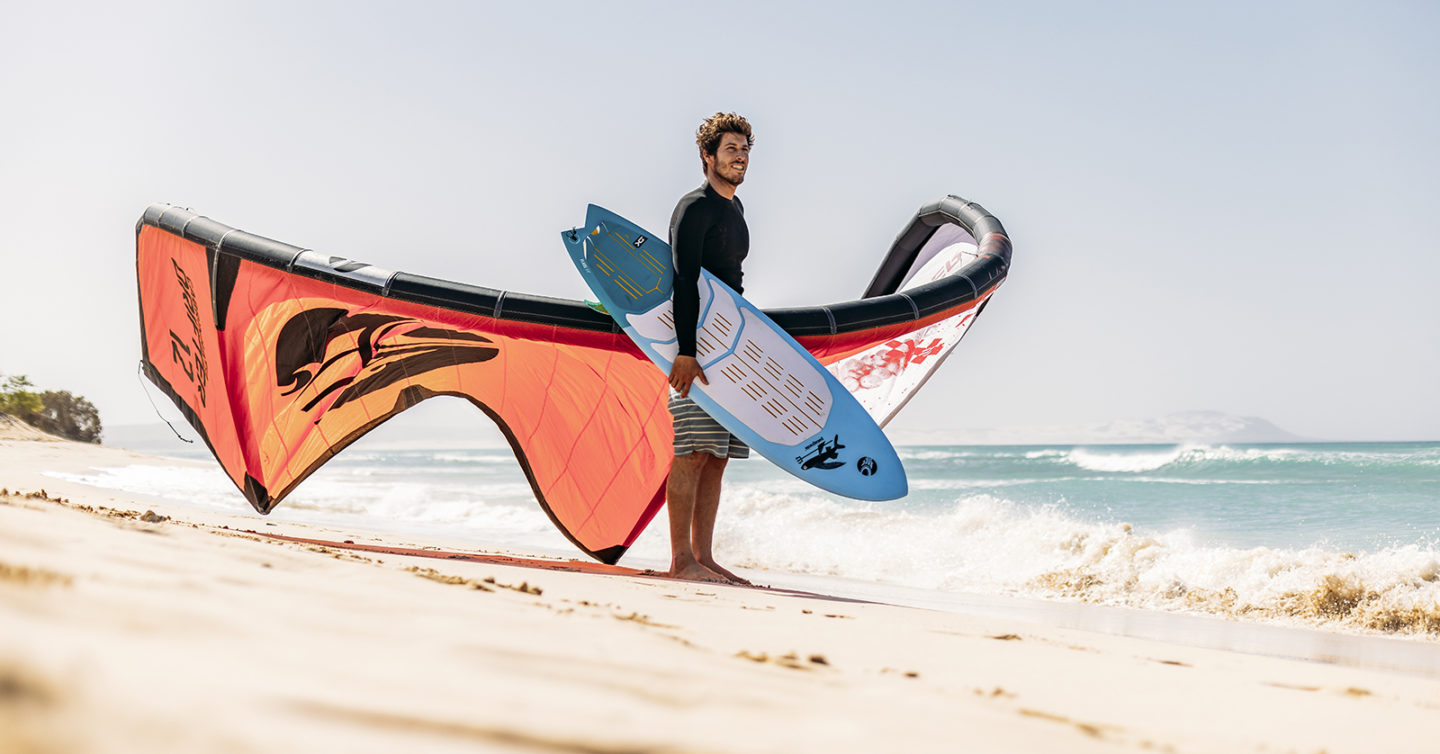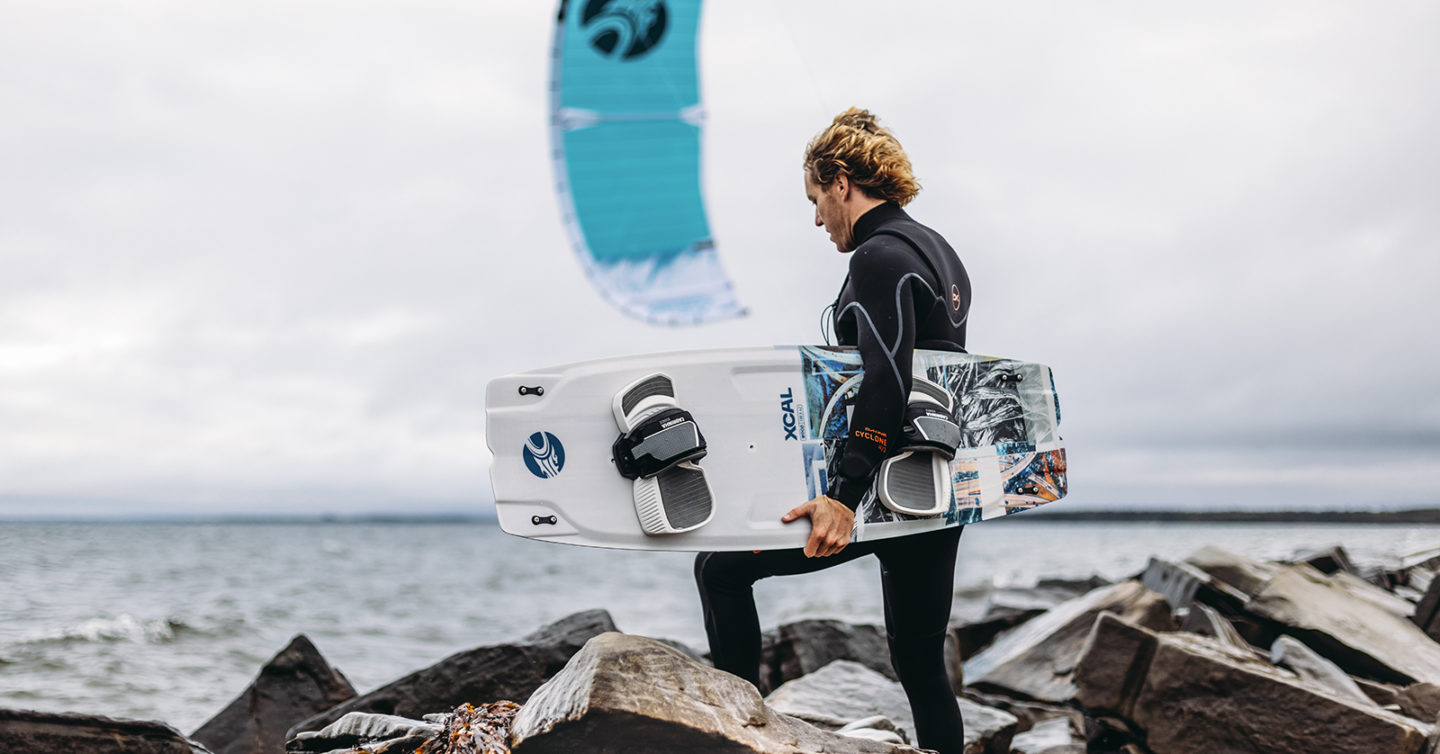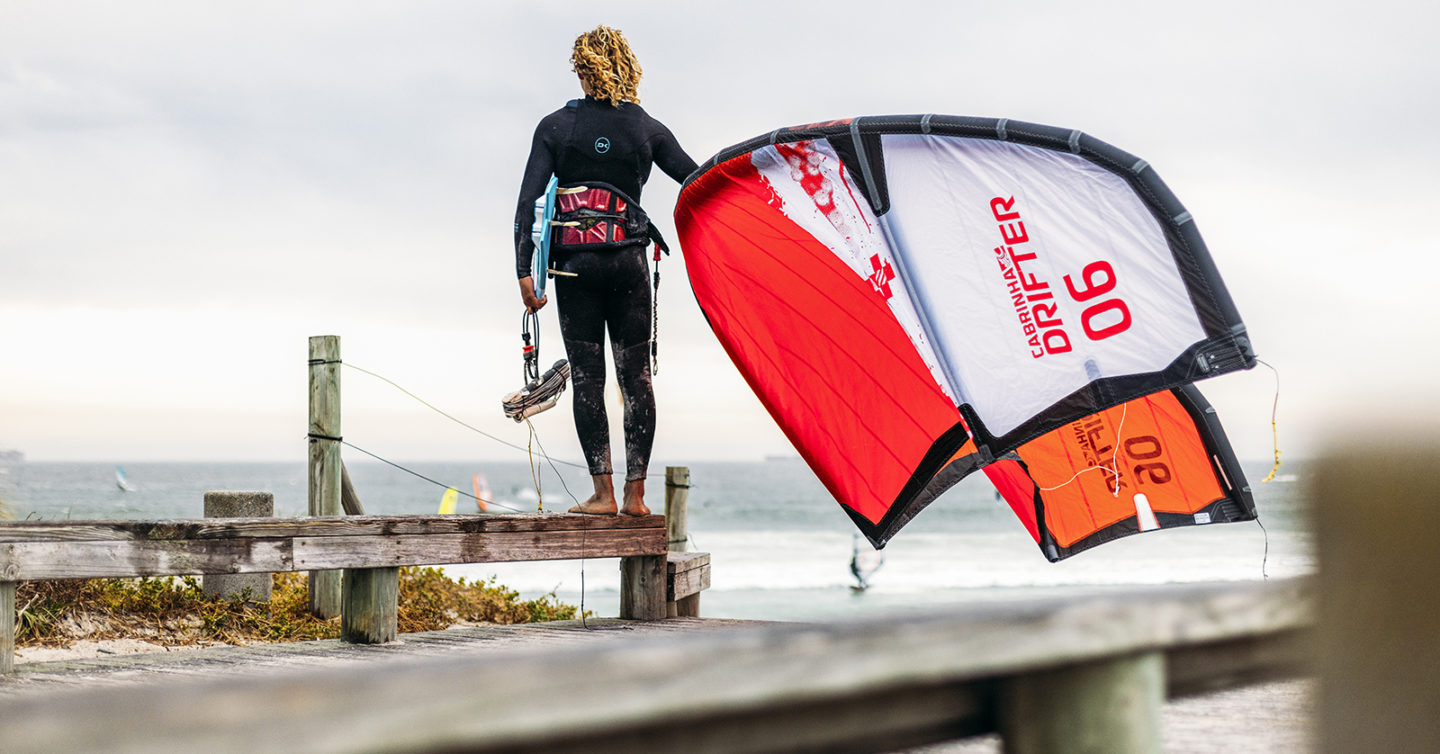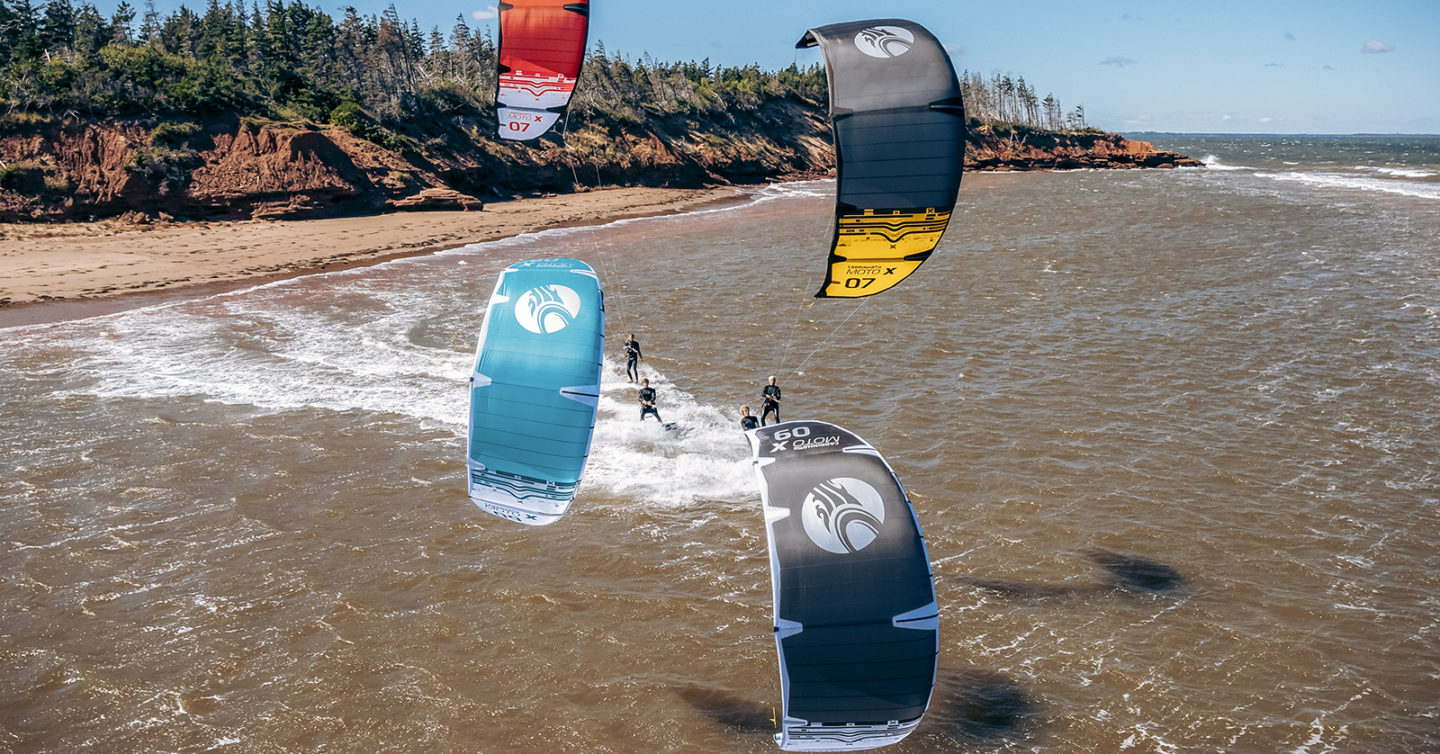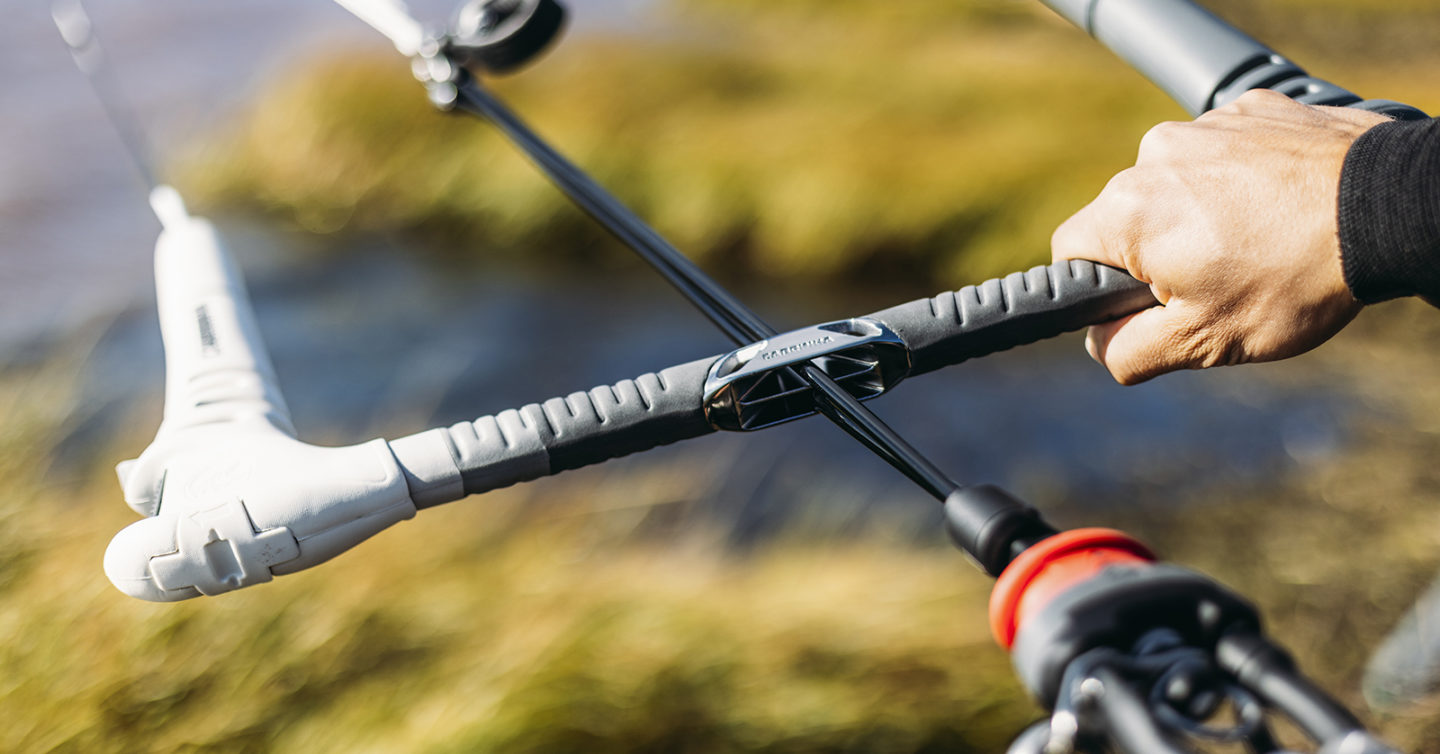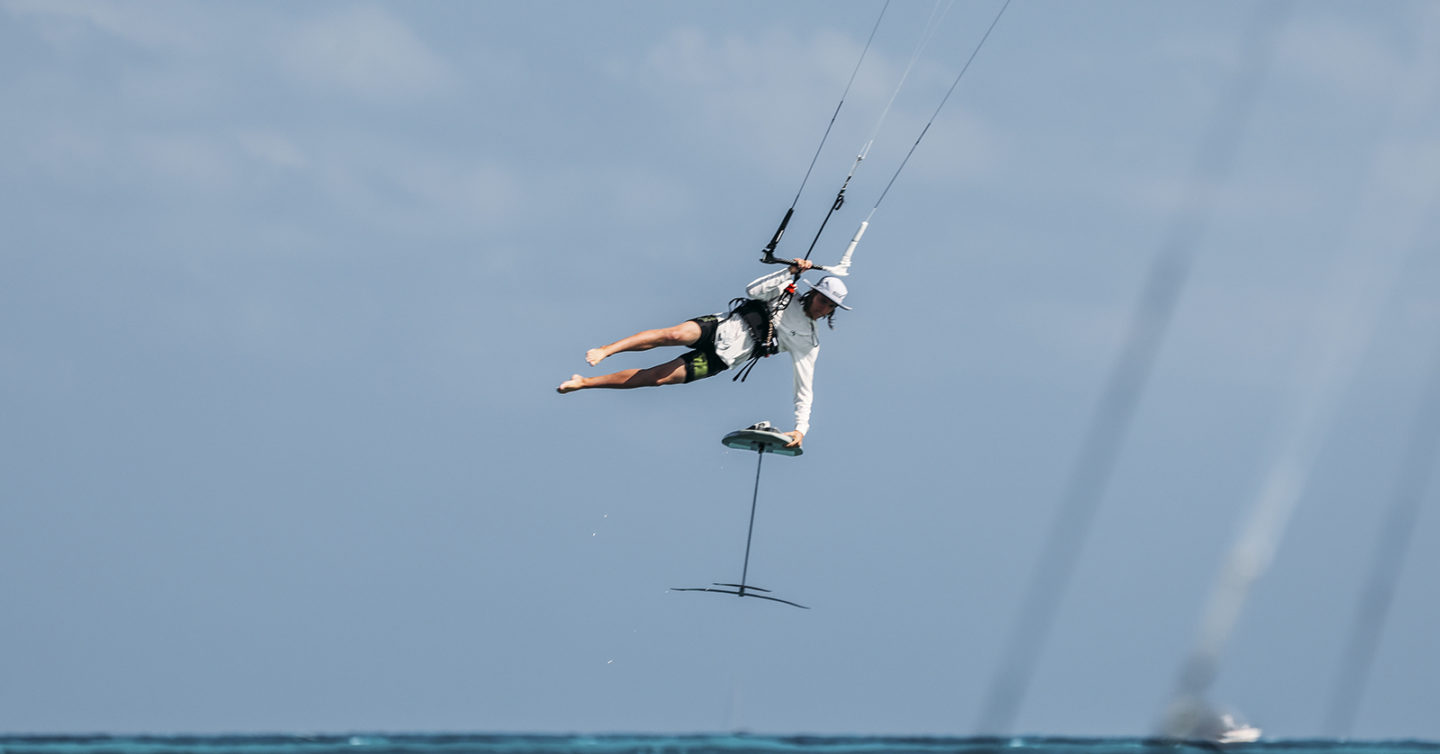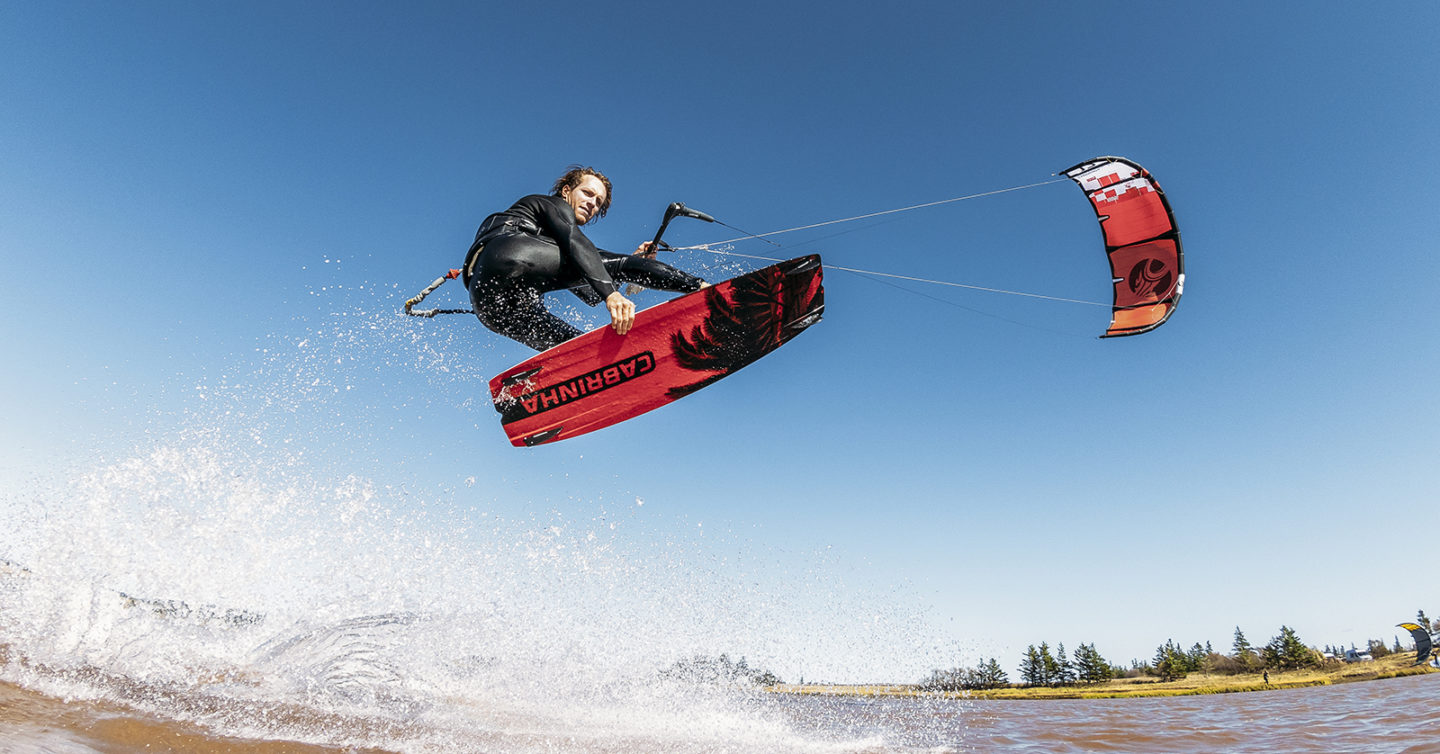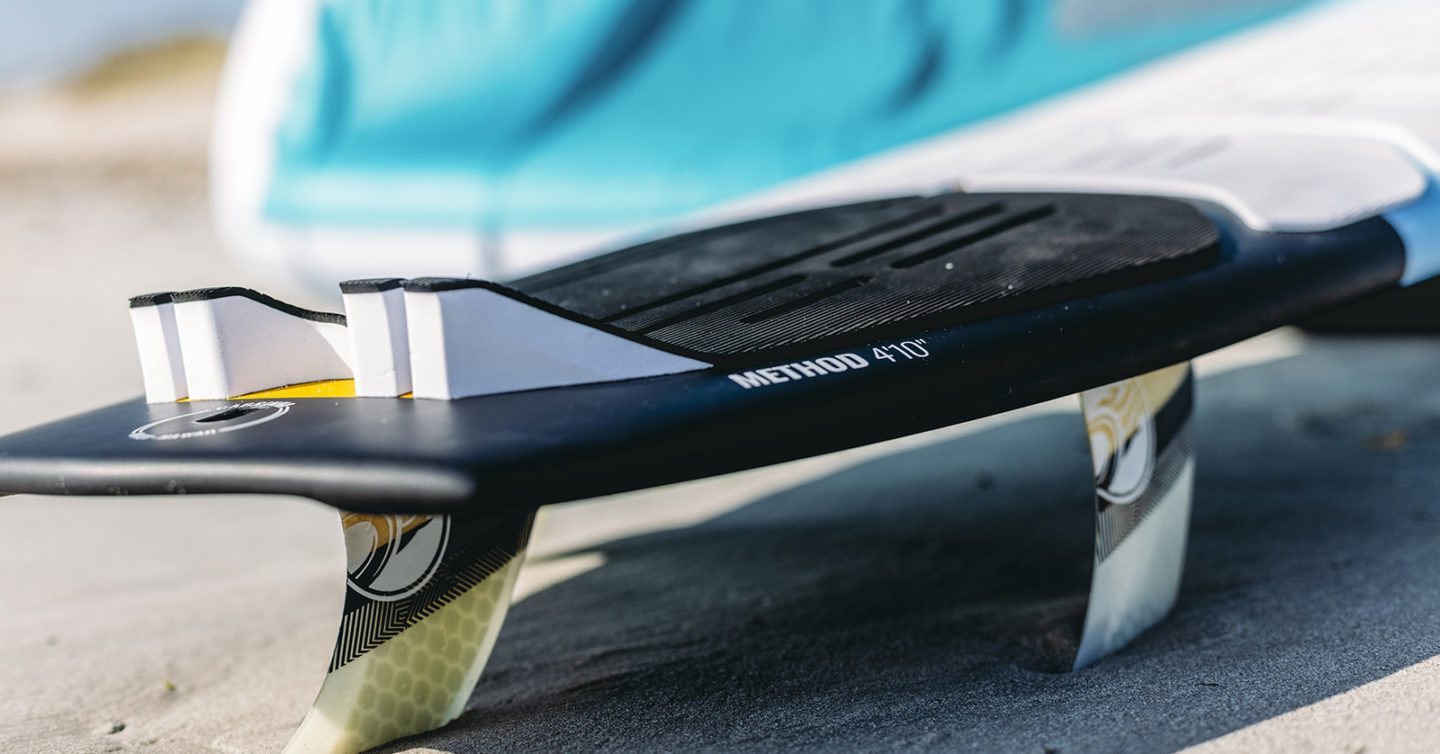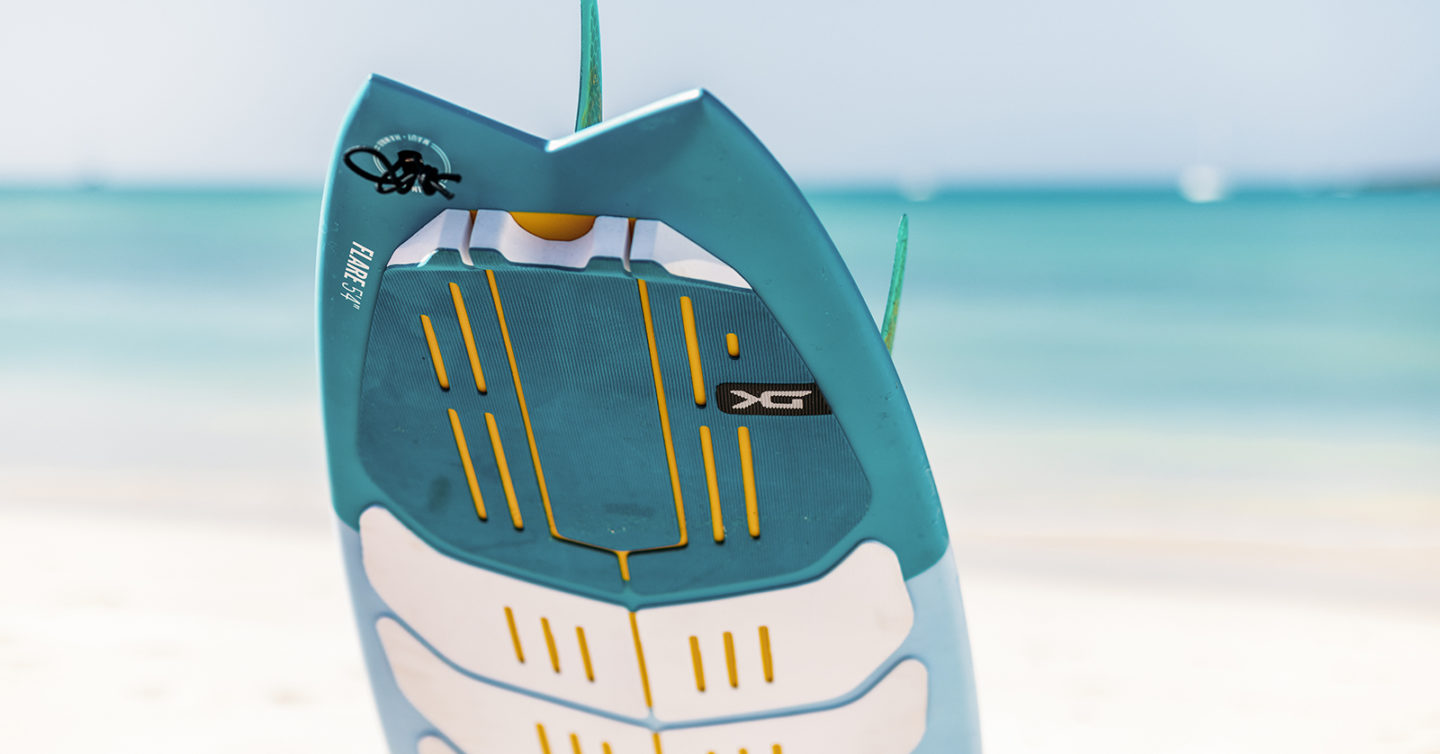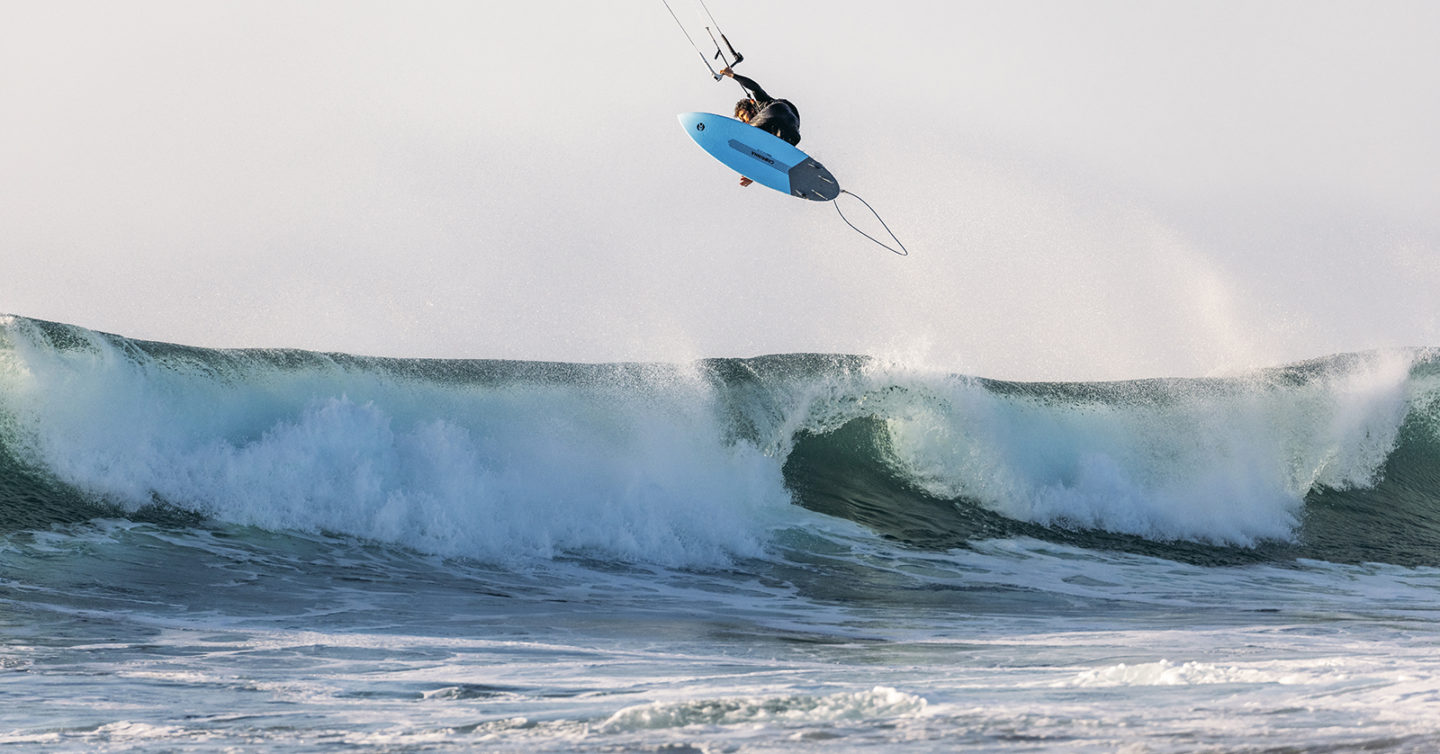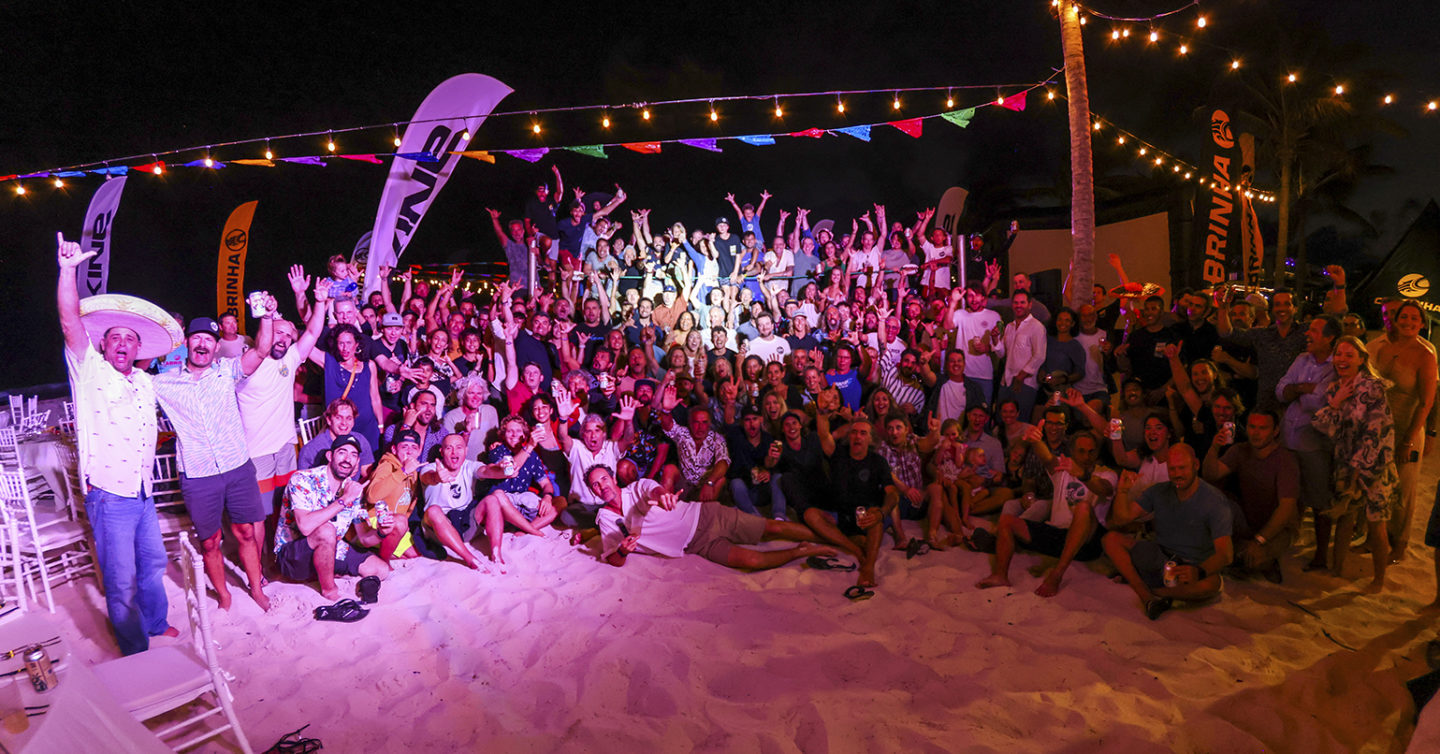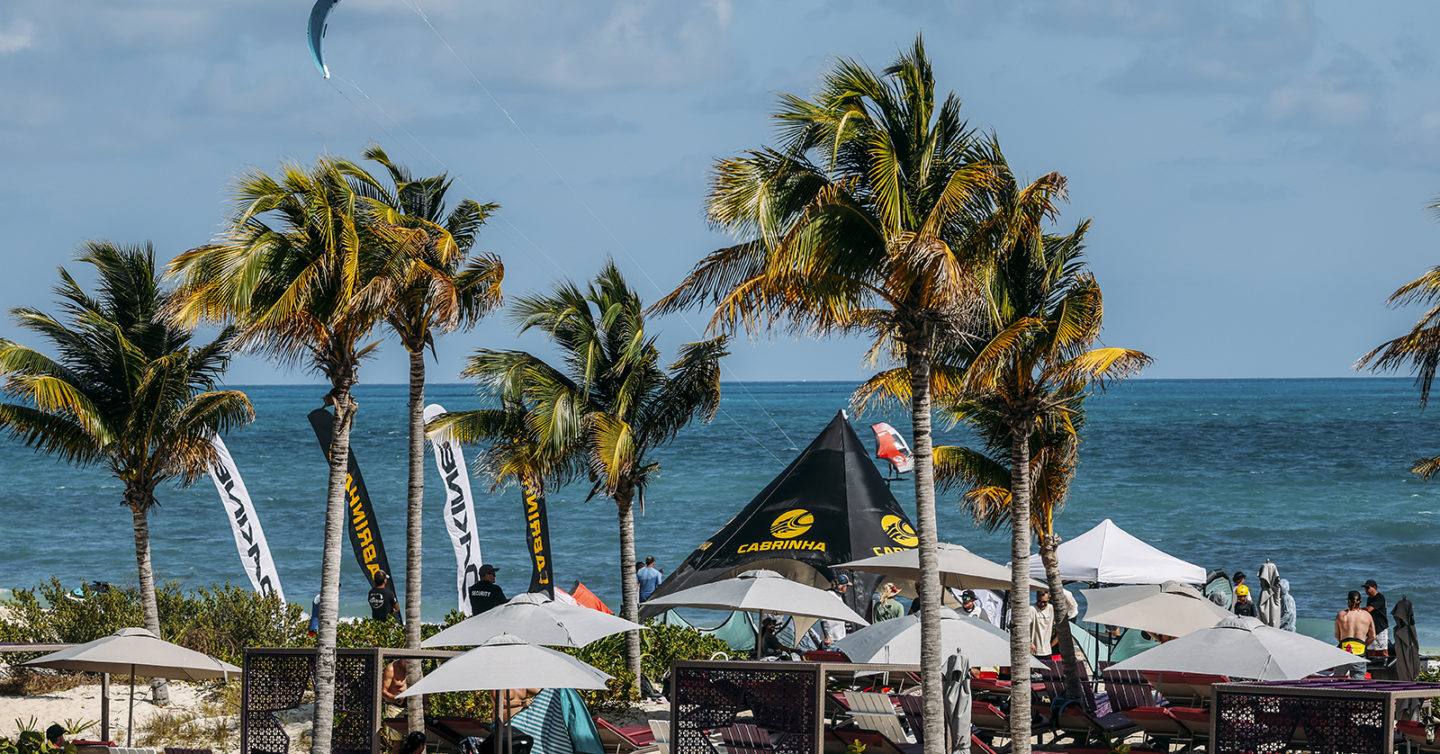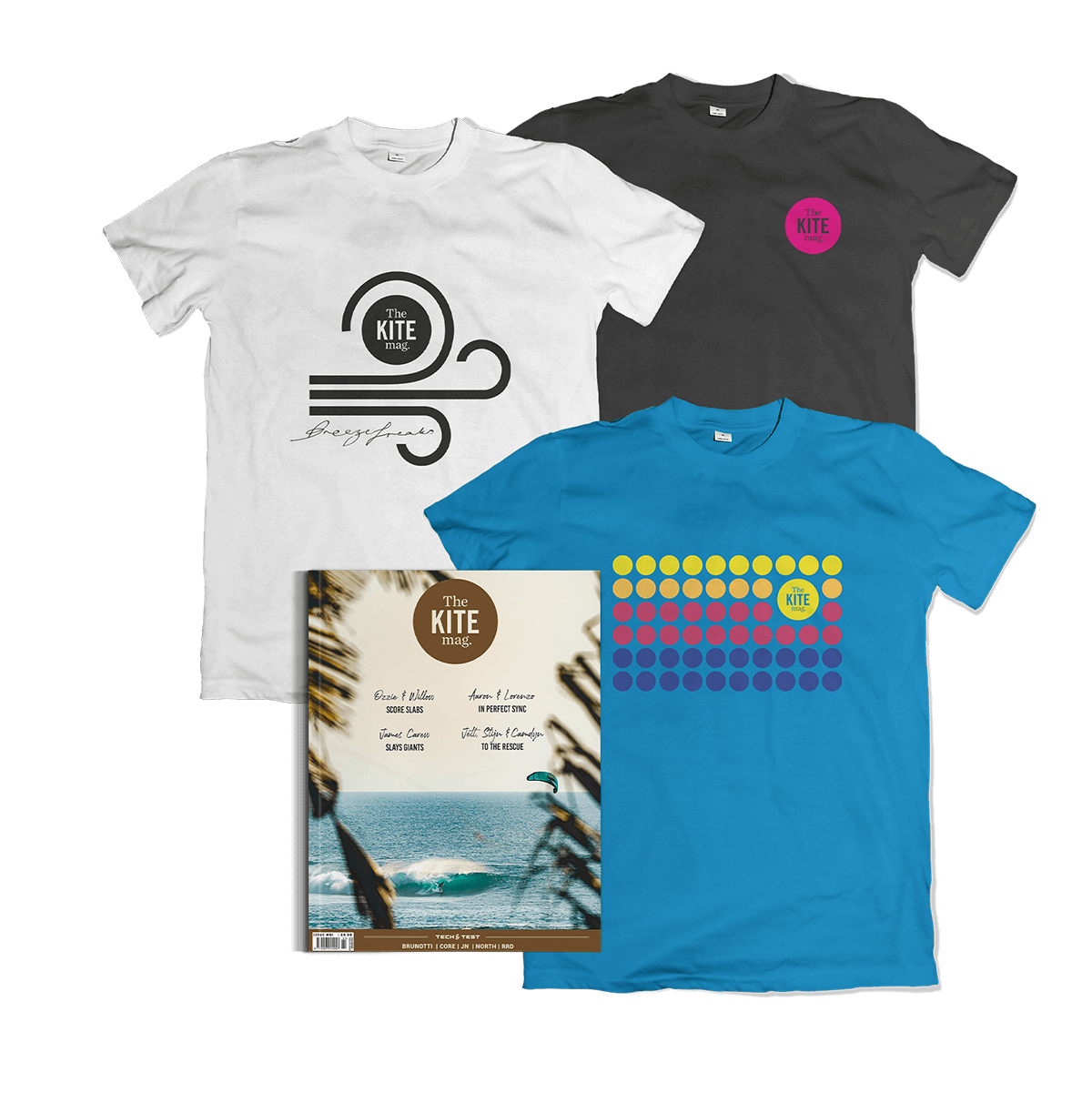Let’s start with your new kites. You’ve developed three different airframe specifications this year with the HTD Lite Dacron, HTD Hybrid Frame and Ultra HT. Can you tell us why you’ve applied each of these to each kite model?
The design strategy for the 03 kite collection was to build each kite with whatever mix of materials perfectly suited the style of riding it will be used for.
HTD Lite is a new material developed specifically for inflated structures and takes the superior benefits of our proven High Tenacity Dacron and combines it with a superior reflex bias recovery and lighter weight construction. This is at the heart (frame) of the three key kites that use it: the Moto X, Drifter and Contra.
Ultra HT, unique to the Nitro kite, is a more expensive performance product and one that is perfectly suited to the rigors of Big Air, and it was THE material out of everything the design team tested that was decided is the best possible material for the Nitro’s leading edge and struts. This was the goal with the Nitro kite and having given it to our team and ambassadors the feedback is overwhelmingly positive. Ultra HT reduces the weight of the leading edge and struts while boasting incredibly low elongation and response. This is specifically beneficial to the Nitro during kiteloops and boosting where the kite leading edge twists across the frame.
Was the Nitro a ground up redesign or an augmentation of one of Pat’s existing models?
The Nitro was designed specifically for Big Air and from the ground up. Pat Goodman, Cabrinha’s kite designer, was given a blank canvas to design the ultimate kite in this segment and use whatever materials thought necessary to help this kite perform. Given Pat’s background in designing multiple King of the Air winning kites, it was an exciting project and although a new project, he obviously takes aspects that work in previous designs and brings them forwards. This kite is unique due to its Ultra HT leading edge and struts material.
How important is the amount of twist in each inflatable section to the feeling of the kite? Is your average punter going to notice the difference?
The first thing users will notice is the reduction in weight but this is not the key reason that users will benefit and it’s certainly not at the heart of any marketing BS that is used. Riders will really feel the rigidity of the kite in the sky and how snappy it is to recover shape when it turns in the sky. A rigid, clean structure translates to an efficient, direct kite. Ultra HT has phenomenal warp and weft elongation strength, especially under load; the material keeps the kite in a stable arc, but the reactive bias movement allows the kite to turn even when under increased pressure allowing the kite to really fly and recover from loops.
Tell us about your proprietary ripstop material and its coatings?
We use Nano Ripstop exclusively due to its incredible performance and durability. We constantly test other materials but Nano Ripstop comes out top again and again and it’s a material we’ve been able to guarantee a constant quality over the past seasons, something which other material suppliers haven’t been able to. Covid certainly was a testing time for the manufacturing industry and being able to guarantee a high level of QC in the materials department is key.
All the kites have been on a diet weight-wise! Can you tell us how you’ve achieved this across the range?
It’s all in the details! Other than the new HTD Lite and Ultra HT Dacron, when you take a closer look at the kites you’ll notice lots of changes that add up to create a lighter, more efficient flying structure. We’re using fractionally lighter bladders, HTD Lite in all struts (other than Nitro), and the kite’s trailing edge also integrates an updated materials construction.

